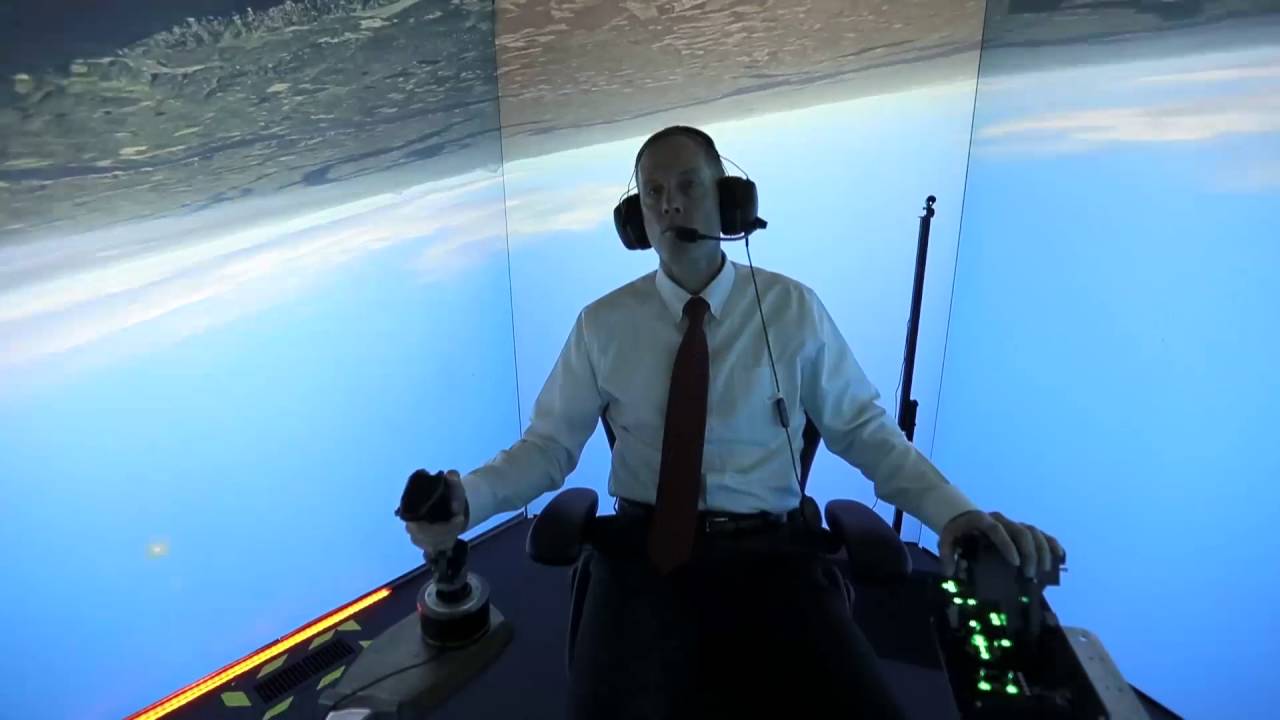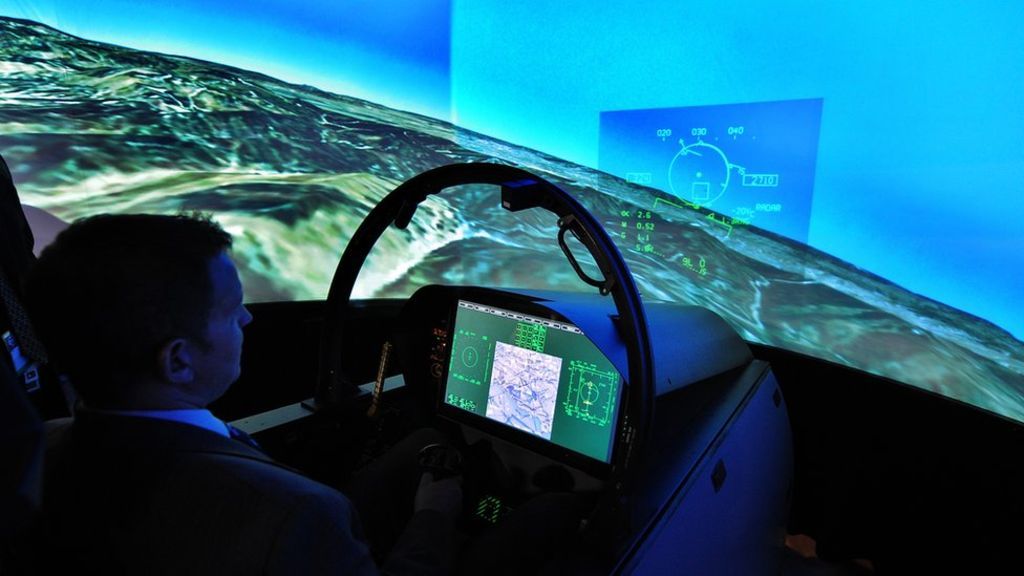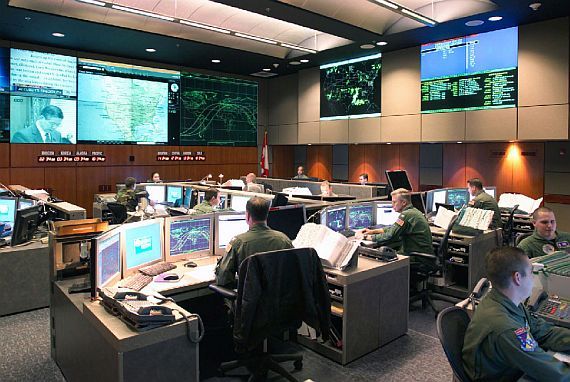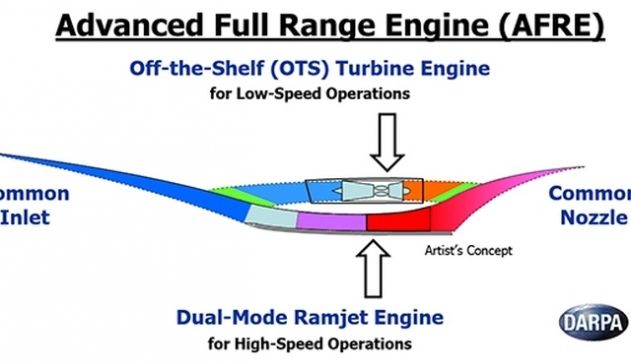The BBC’s defence correspondent Jonathan Beale finds out more about the development of new military technology, including whether a drone can be chemically “grown”.
Category: military
Now, here is a longer term concept. Could we see a day soon where we have some model of an EPA in Space due to the already junk material (namely abandoned/ broken satellites, etc.) and mining? Wonder who will get the contracts for space cleanup?
DARPA recently said that it had finished integrating seven space-watching networks that will feed tons of new Earth-orbiting junk data into what the agency calls “the largest and most diverse network of space situational awareness networks ever assembled.”
+More on Network World: NASA’s hot Juno Jupiter mission +
DARPA’s OrbitOutlook (O2) program brings seven previously separate new space sensor networks together that could ultimately feed into the United States Space Surveillance Network (SSN), a worldwide network of 29 military radar and optical telescopes operated by the Air Force as well as NASA, the FAA and other entities that could use the information.
DARPA Completes Integration of Live Data Feeds Into Space Surveillance Network; Jeremy Raley Comments
Posted in information science, military, robotics/AI, satellites, surveillance | Leave a Comment on DARPA Completes Integration of Live Data Feeds Into Space Surveillance Network; Jeremy Raley Comments
The Defense Advanced Research Projects Agency has finished its work to integrate live data feeds from several sources into the U.S. Space Surveillance Network run by the Air Force in an effort to help space monitoring teams check when satellites are at risk.
SSN is a global network of 29 military radar and optical telescopes and DARPA added seven space data providers to the network to help monitor the space environment under its OrbitOutlook program, the agency said Wednesday.
DARPA plans to test the automated algorithms developed to determine relevant data from the integrated feed in order to help SSA experts carry out their mission.
The U.S. Air Force got a wakeup call recently when AI software called ALPHA — running on a tiny $35 Raspberry Pi computer — repeatedly defeated retired U.S. Air Force Colonel Gene Lee, a top aerial combat instructor and Air Battle Manager, and other expert air-combat tacticians at the U.S. Air Force Research Lab (AFRL) in Dayton, Ohio. The contest was conducted in a high-fidelity air combat simulator.
According to Lee, who has considerable fighter-aircraft expertise (and has been flying in simulators against AI opponents since the early 1980s), ALPHA is “the most aggressive, responsive, dynamic and credible AI I’ve seen to date.” In fact, he was shot out of the ai r every time during protracted engagements in the simulator, he said.
An artificially intelligent fighter pilot system has defeated two attacking jets in a combat simulation.
The AI, known as Alpha, used four virtual jets to successfully defend a coastline against two attacking aircraft — and did not suffer any losses. It also triumphed in simulation against a retired human fighter pilot.
In their paper, researchers from the University of Cincinnati and defence company Psibernetix describe Alpha as “a deadly opponent”. Reporting on simulated assaults against retired US Air Force colonel Gene Lee, the researchers wrote: “Not only could he not score a kill against it, he was shot out of the air by the reds every time after protracted engagements.”
Here, you’ve got an AI system that seems to be able to deal with the air-to-air environment, which is extraordinarily dynamic, has an extraordinary number of parameters and, in the paper, more than holds its own against a skilled and capable, experienced combat pilot,” said Doug Barrie, a military aerospace analyst at think tank IISS.
If such a system were ever used in a live setting and decided to attack a non-military target, the results could be dire, he said.
In DARPA’s words, “Speed is the new stealth.”
In 2012, DARPA noted the United States is gradually losing the “strategic advantage” that its stealth warplanes have long provided since competitor countries’ stealth and counter-stealth capabilities are improving.
To arrest this decline, DARPA strongly argues the U.S. will need “the new stealth” of hypersonic aircraft.
Very nice.
ARLINGTON, Va., 27 June 2016. U.S. military researchers are asking industry for new algorithms and protocols for large, mission-aware, computer, communications, and battlefield network systems that physically are dispersed over large forward-deployed areas.
Officials of the U.S. Defense Advanced Research Projects Agency (DARPA) in Arlington, Va., issued a broad agency announcement on Friday (DARPA-BAA-16–41) for the Dispersed Computing project, which seeks to boost application and network performance of dispersed computing architectures by orders of magnitude with new algorithms and protocol stacks.
Examples of such architectures include network elements, radios, smart phones, or sensors with programmable execution environments; and portable micro-clouds of different form factors.
Guessing the pressurization suits (like those in space) will have to be worn. Some of my friends who were test pilots for experimental type aircraft use to tell me how they had to push the jets to their limits and at times wear pressurization suits due to pressurization in the cockpit. So, this should be interesting.
Defense, aerospace, news, exhibitions, C4ISR, aircraft, procurement, pentagon, contracts, companies, categories, events, interviews.
Interesting.
The Science Council of Japan will make clear its position on military-linked research — possibly overturning a decades-long ban — by early next year, the academic group said Friday.
A committee of 15 academics from fields ranging from physics, political science to law held its first meeting to discuss whether to revise statements released by the council in 1950 and 1967 stating that the group will “never engage in military research.”
Over the next several months, the committee will hold five or six sessions to discuss how they should assess changes in the security and technology environment, how to define dual-use research, how studies tied to national security would impact academic transparency and how inflows of defense-related funding would alter the overall nature of research.
Looks to be quite fascinating…
But is anyone else annoyed by the never ending use of the word “cyber”?
*sigh*.
Tapping into the geopolitics of hacking and surveillance, Ben Makuch travels the world to meet with hackers, government officials, and dissidents to investigate the ecosystem of cyberwarfare.
CYBERWAR premieres Tuesday, July 5th, at 10:30 P EST on VICELAND.
Click Here to Find Your Channel: http://bit.ly/1RTjjSS
Subscribe Now: http://bit.ly/SUBSCRIBE-TO-VICELAND
Follow VICELAND:
VICELAND.com | https://www.viceland.com
VICE Video | https://video.vice.com

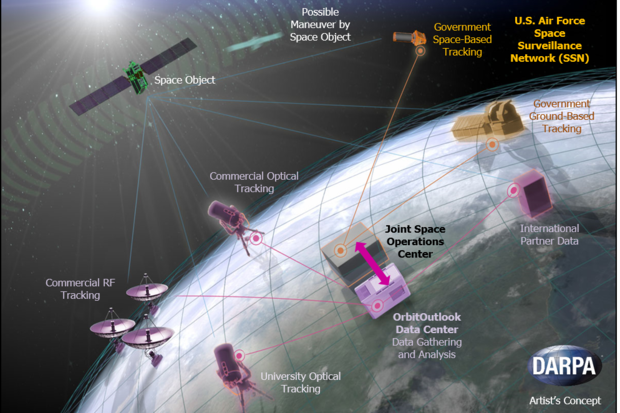

 The Defense Advanced Research Projects Agency has finished its work to integrate live data feeds from several sources into the U.S. Space Surveillance Network run by the Air Force in an effort to help space monitoring teams check when satellites are at risk.
The Defense Advanced Research Projects Agency has finished its work to integrate live data feeds from several sources into the U.S. Space Surveillance Network run by the Air Force in an effort to help space monitoring teams check when satellites are at risk.